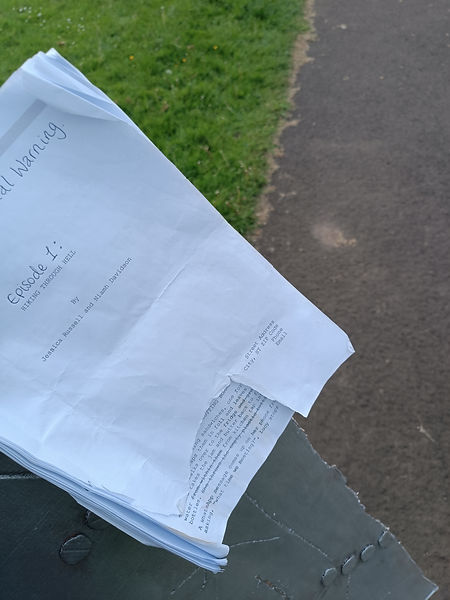
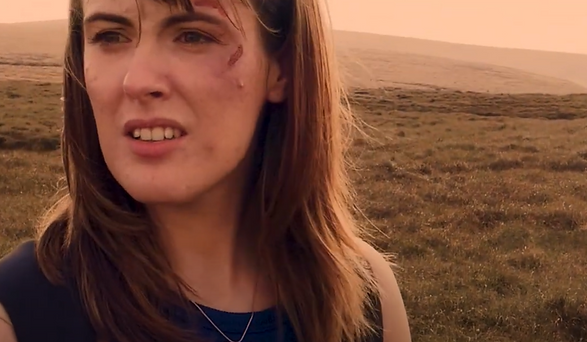
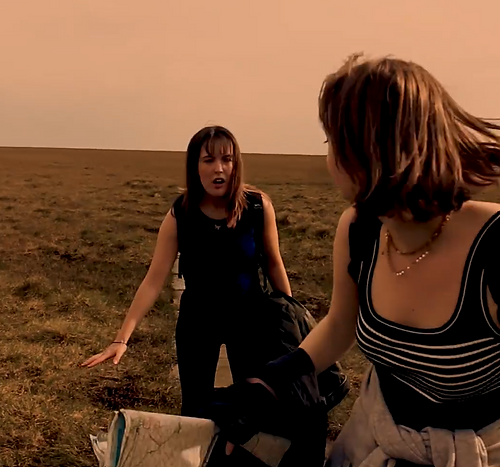
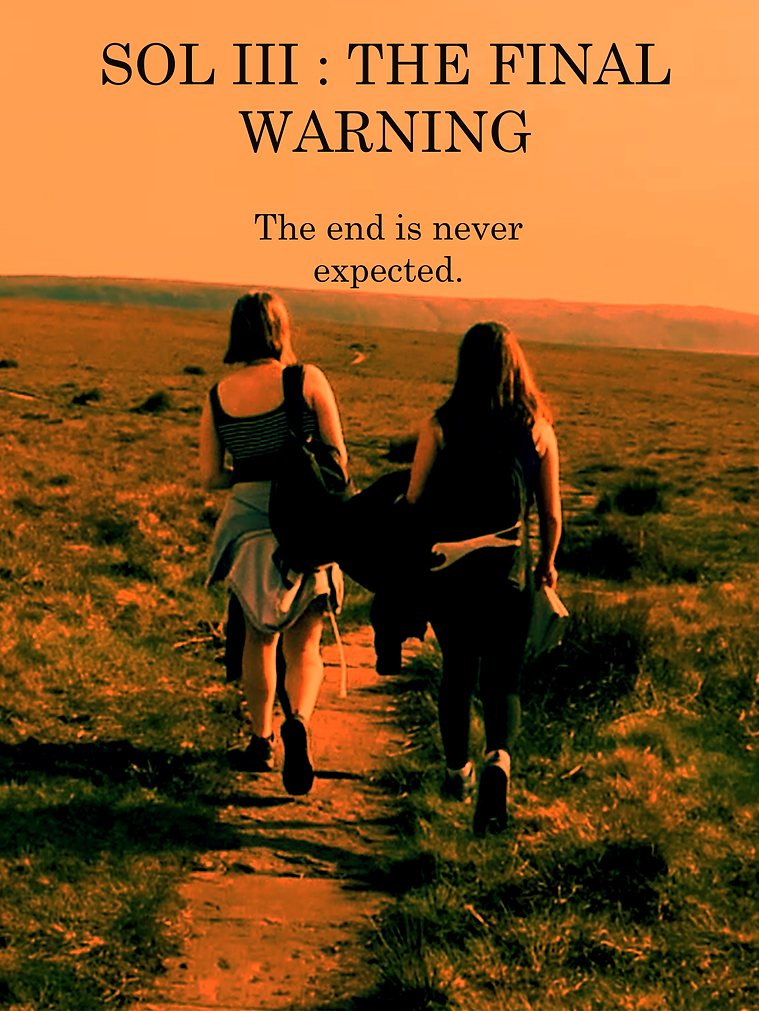
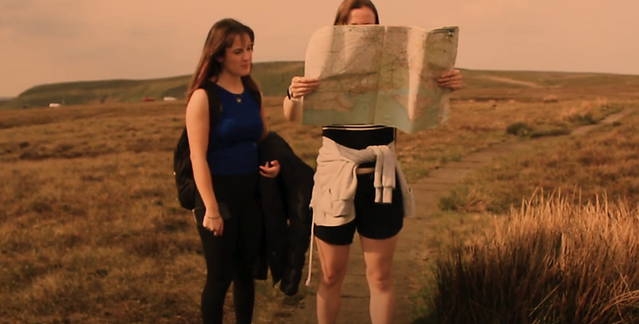
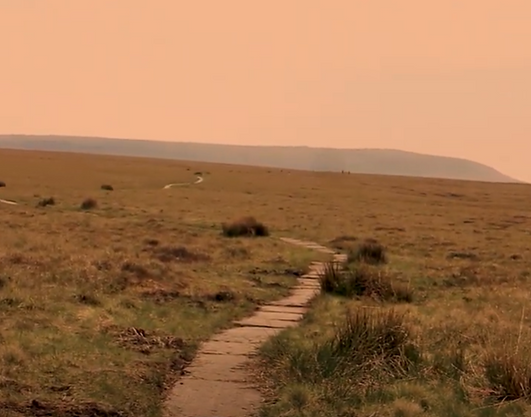

YouTube Link, website link & QR code
Film website:
The brief for this project is the DNA filmmaking challenge 2024.
This brief requires us to create a a product which:
-
Is in the format of either a fictional genre or factual film short
-
Reach the target audience of 16-25-year-olds (Gen Z)
-
Have the duration between 5 (Minimum) and 15 minutes (maximum)
-
Meets the 'short form' or 'pilot' formats.
THE BRIEF
This project was a collaborative project that I made with another filmmaker on the same college course, this is our final project and so we wanted to challenge ourselves with this project (and we definitely did) !
Creating the final project meant challenging ourselves with all the different production techniques throughout the whole creation.
Creating a climate change disaster film wasn’t my original plan for this project. Originally, I was going to make a fictional period piece, though due to the location I was planning to film at not being available, I had to change my idea.
Making a climate change film was suggested to me by some relatives, and from that suggestion I started mind mapping ideas and researching. The brief states that the film needs to target 16-25-year-olds (Gen Z) and so to make sure I could interest them I asked them about the type of film they like watching.

I didn’t just do primary research; I also did secondary research to find out the type of films being made currently and their popularity.
I found that disaster/adventure/drama films are currently in demand, as we have had recent films like Greenland, Don’t Look Up and Moonfall which have been released, then there are also sequels to disaster films being made such as a Greenland 2 being released next year. Our film is also a semi post-apocalyptic theme, which this sort of theme has been popular recently with series like The Last Of Us and Fallout being released.
I also had to do some Gen Z (16-25-year-olds) research as they are the audience I am targeting; I made the characters in the film part of Gen Z as this makes them much more relatable to the audience, this meant from the research I had to get to know their likes, dislikes, how they use social media (basically everything that would help me portray them through the characters).
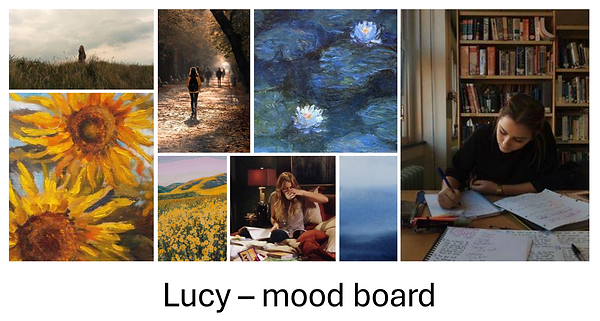

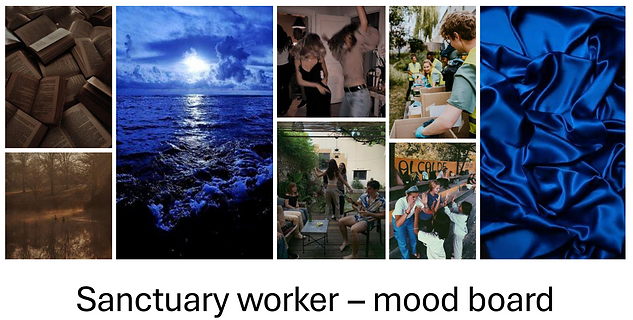
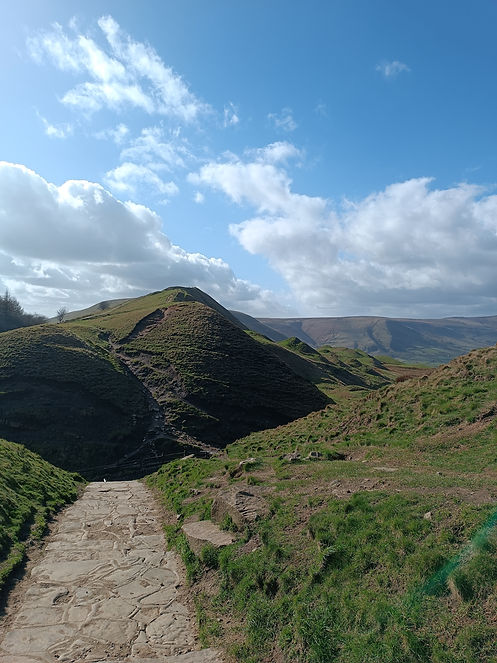
You may be asking, why a climate change-based film? Well climate change is a big issue currently and can be overlooked, so with this film we wanted to make this generation more aware of what is to come if we don’t change our ways, as we are the activist generation we will be more willing to fight to make these changes.
We needed to make a film, which our target audience (Gen Z) will be interested in, this is the way to get them to think about what is happening with climate change.

Throughout the making of the film, we realised that this ‘film’ is more like a series pilot episode, the way the film ends made us really think that the story the film is trying to tell shouldn’t end where the film ends, but it didn’t seem like it would suit a film saga but more like a series. That’s how we came up with the series SOL III: THE FINAL WARNING, pilot episode called ‘Hiking Through Hell’ - so the film is still called Hiking Through Hell but it’s a beginning episode for a series.
Production was quite hectic, we were limited with the days we could go up to location due to transport, weather being very changeable (especially at Snake Pass Summit – we had snow, rain, hail and winds all within one filming day), forgetting equipment (luckily this didn’t happen on filming days at Snake Pass), unclear dialogue due to weather, many people walking past, and last but not least BUGS (lots of bugs)!
But apart from all these limitations and problems, the production ran quite well, before starting the filming I was worried we wouldn’t have enough time to film the whole film, however, we managed to film it all!
The production ran a week over schedule, which left us with 2 weeks to edit the film (episode), this was a big problem as we had over 10 minutes of footage to put together. We spent the first (of the 2 weeks) week organizing the footage and files on OneDrive and Premiere Pro and creating a rough cut, the second week was spent editing the film. With editing we split it up, so Niamh found sound effects and music for the film, and she also created the title sequence and credits, while I edited the main film then added in the title sequence and credits once Niamh created them. Based on how we split the editing up between the two of us, we managed to meet the deadline.
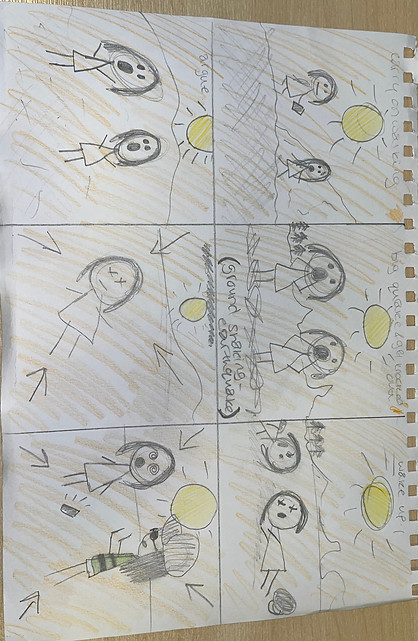
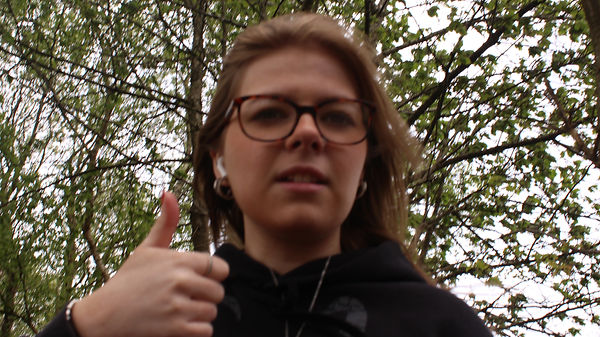
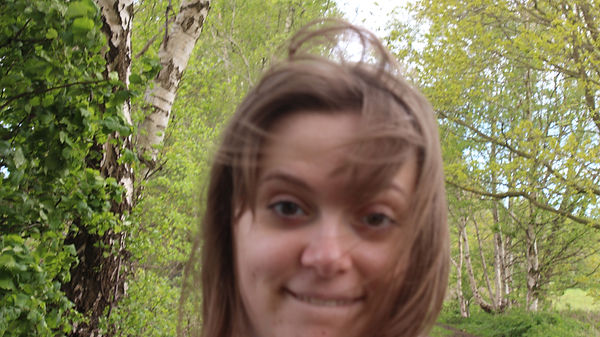

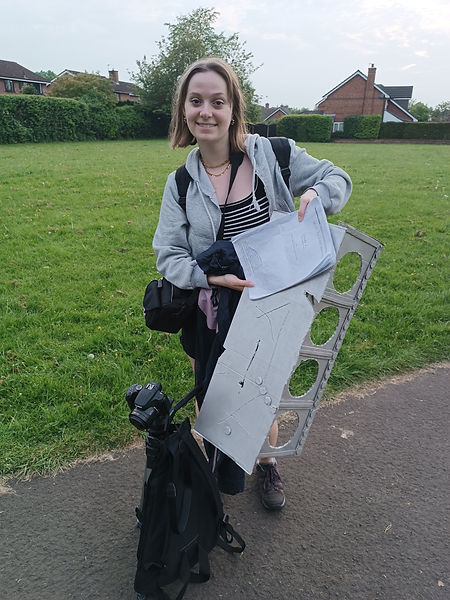
To save time throughout editing, I used advanced techniques such as creating a layer which contained an effect that needed to be used on many clips, this meant that I didn’t have to spend time adding and adjusting the effect onto every single clip one at a time.
Overall, this has been the most challenging project I’ve ever done, due to the scale of the project, the problems that arose and all the advanced technical skills I had to use within it. However, I am very proud of how this film turned out and have learnt a lot from this experience.

